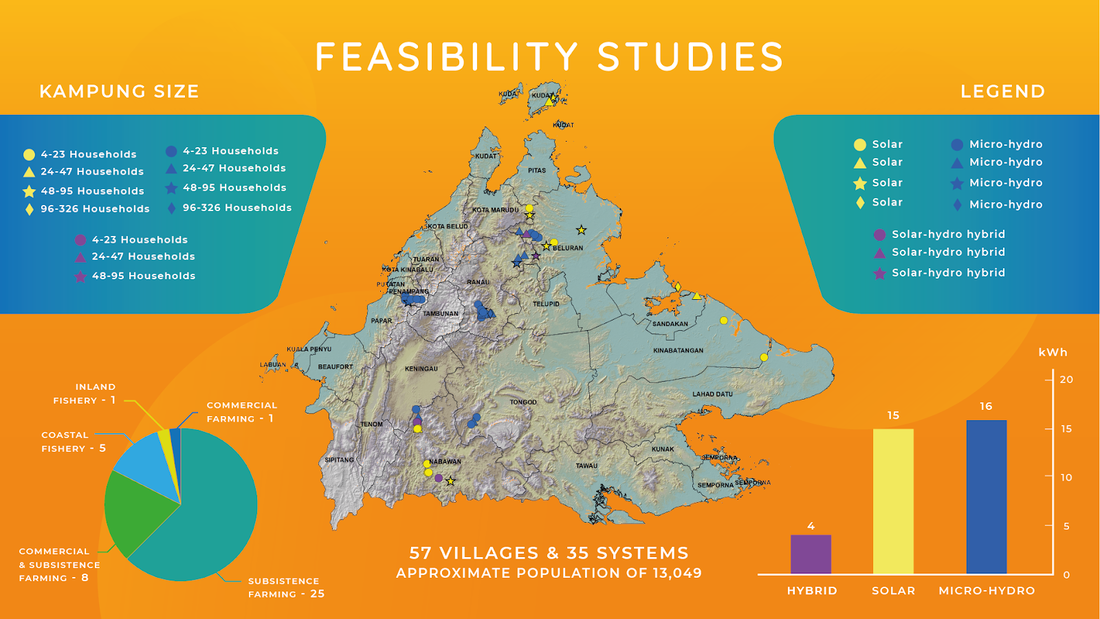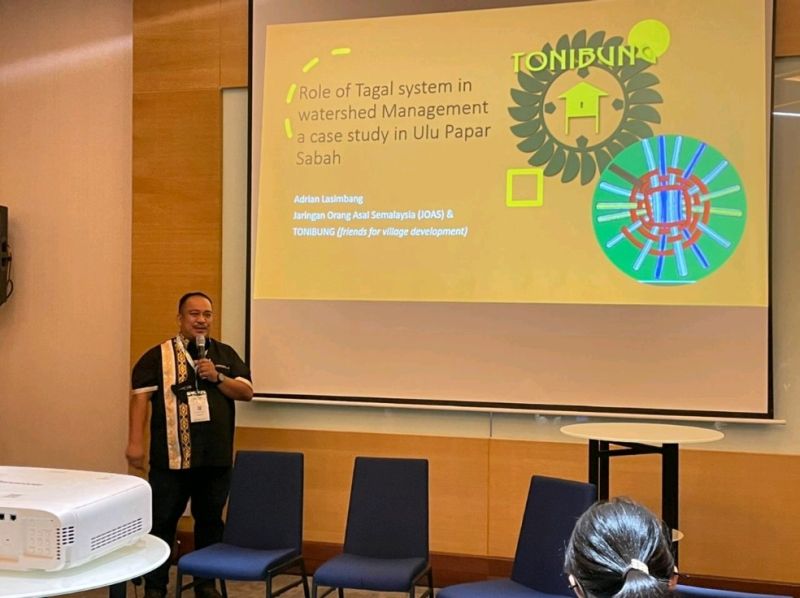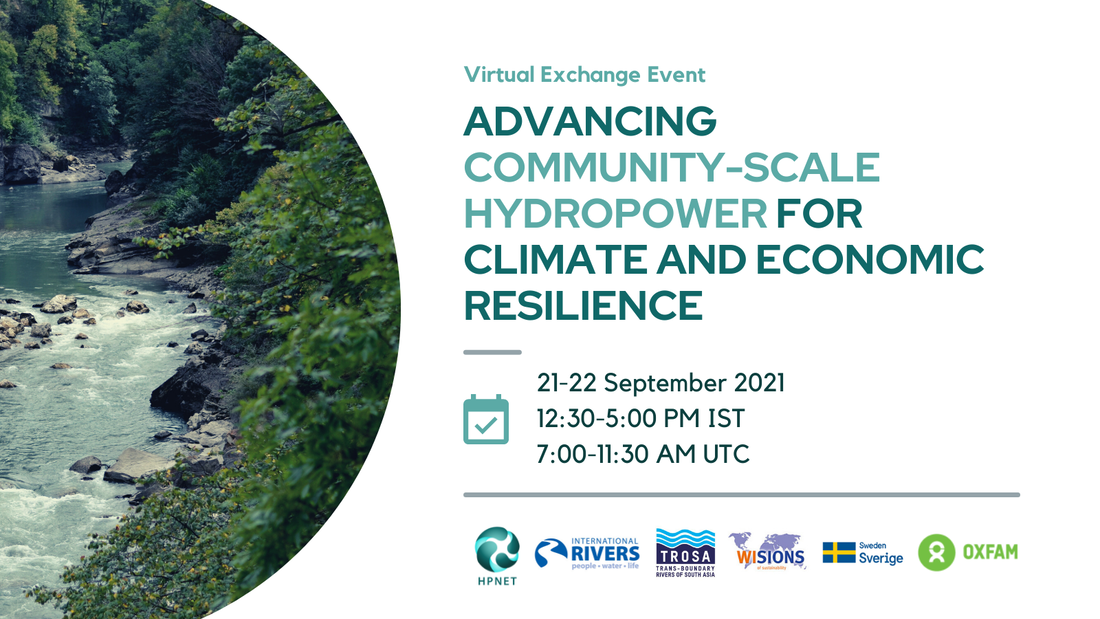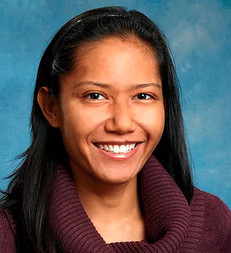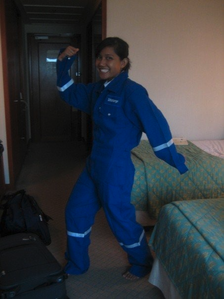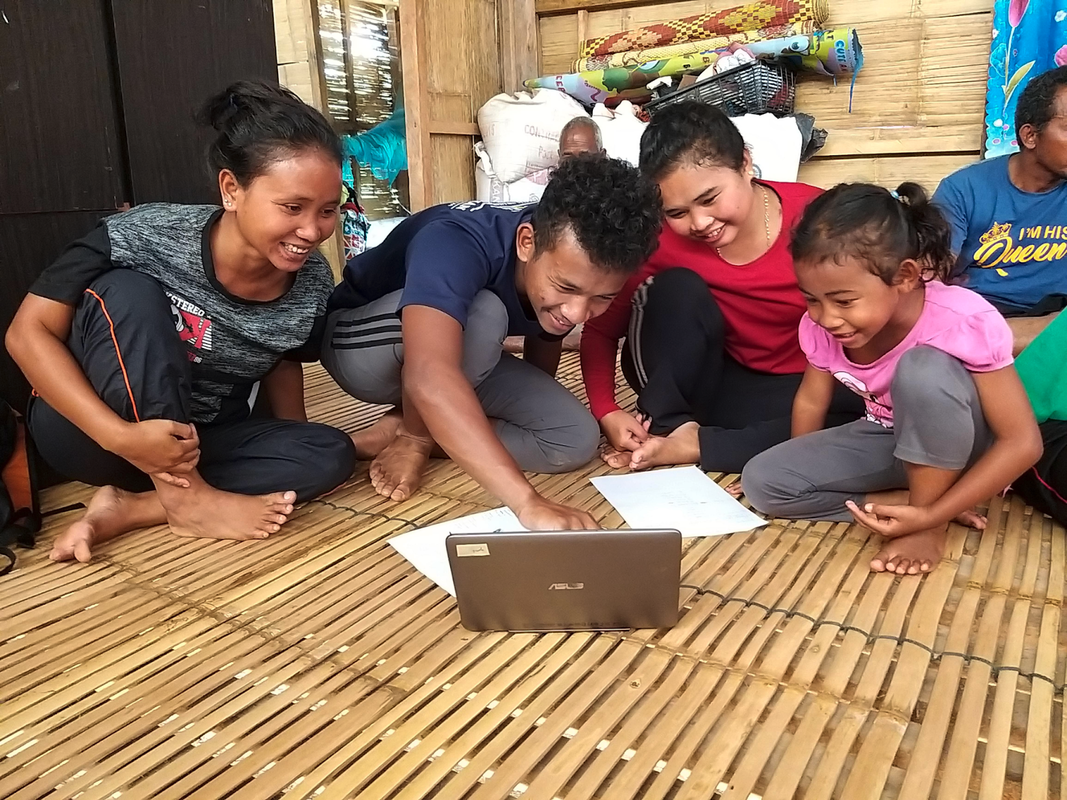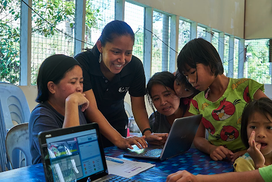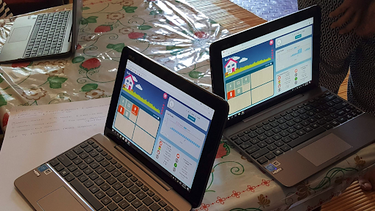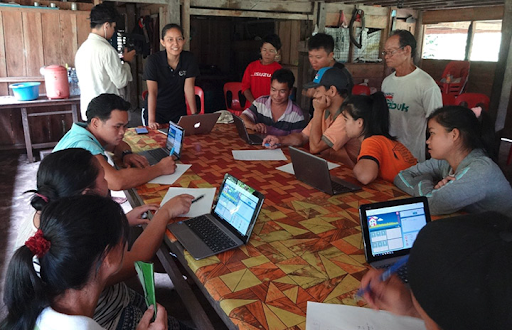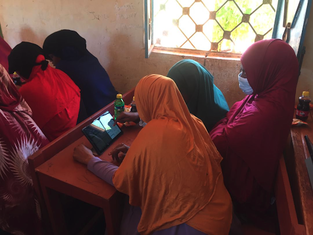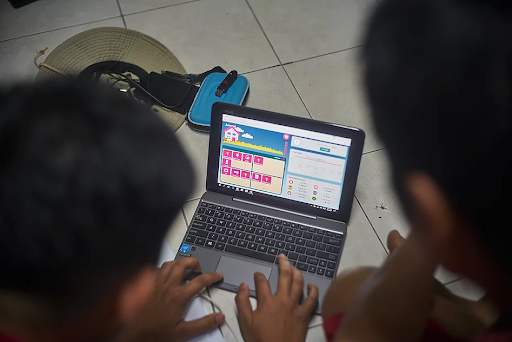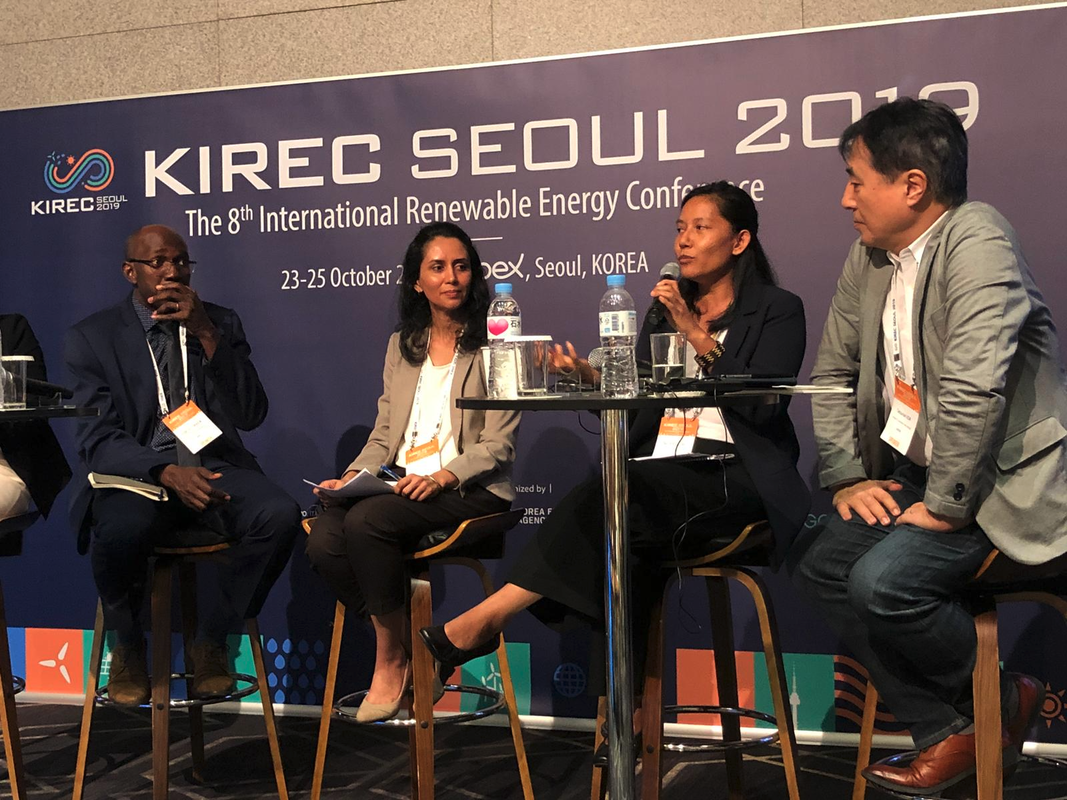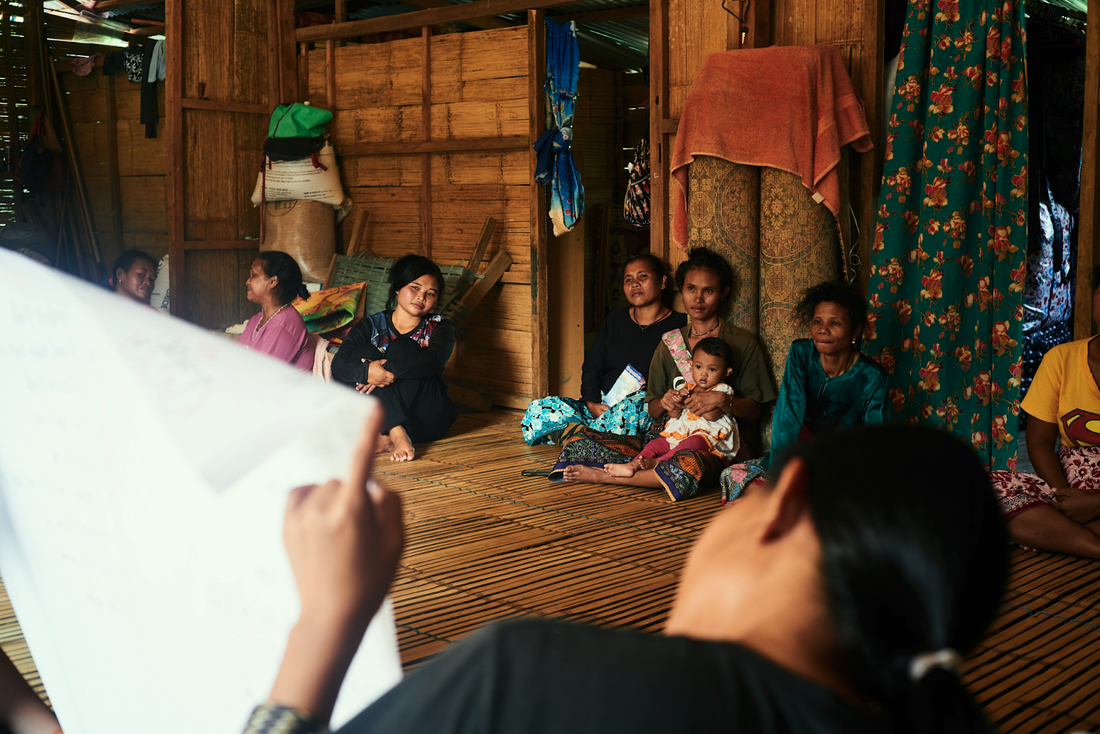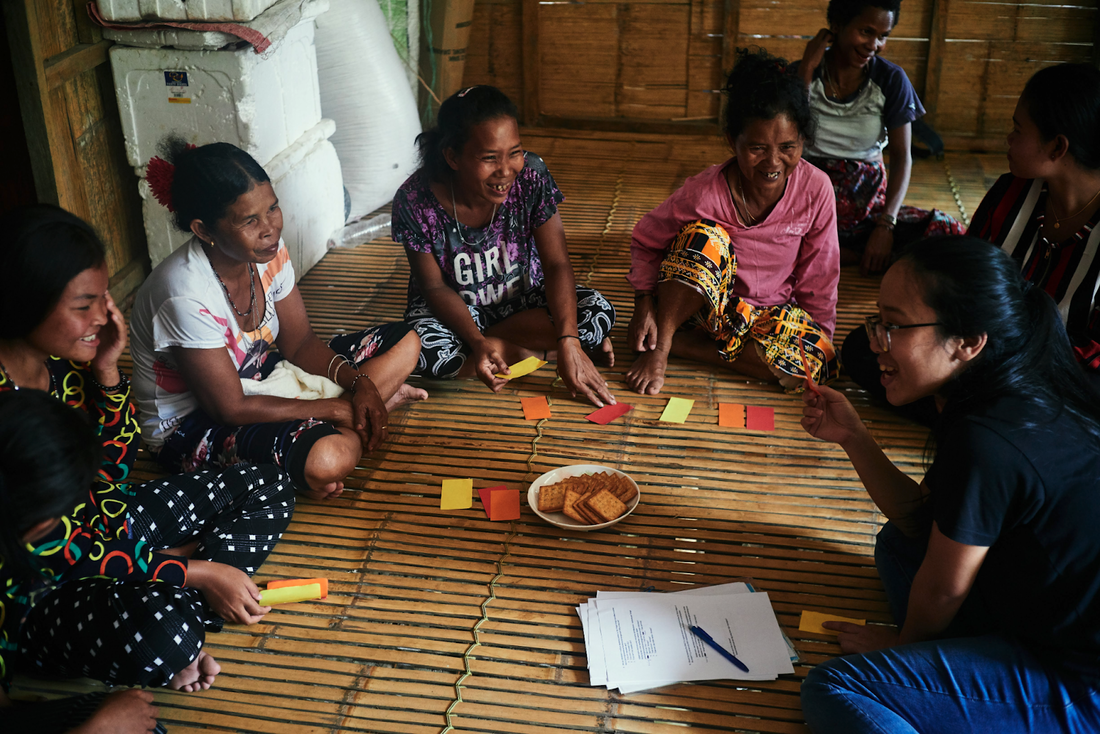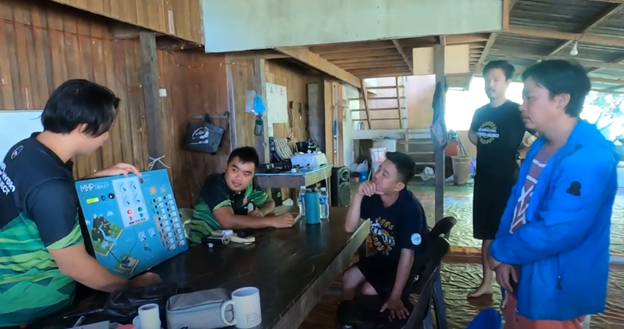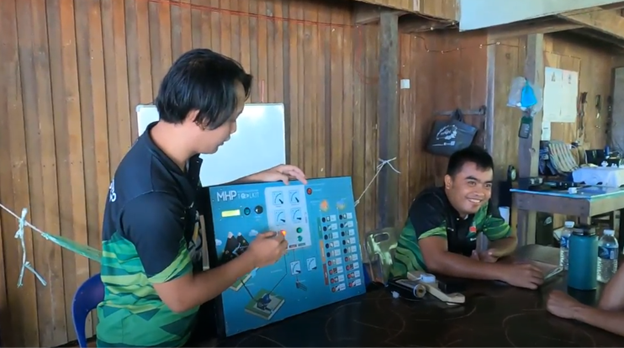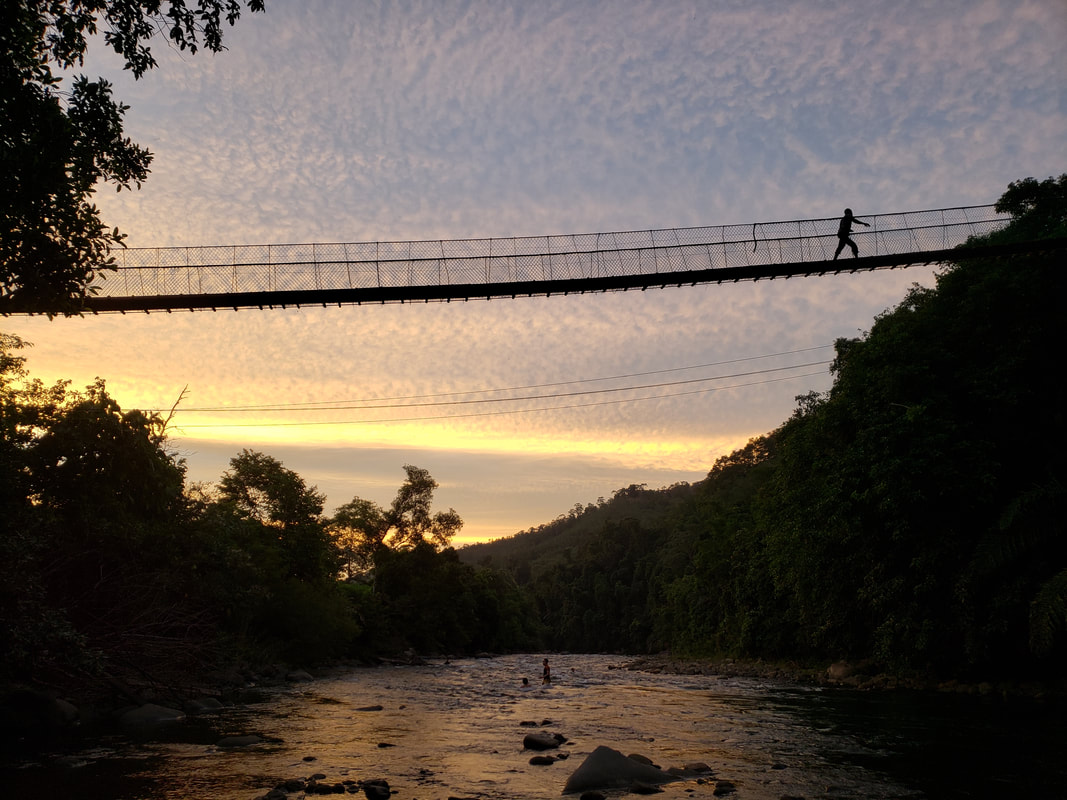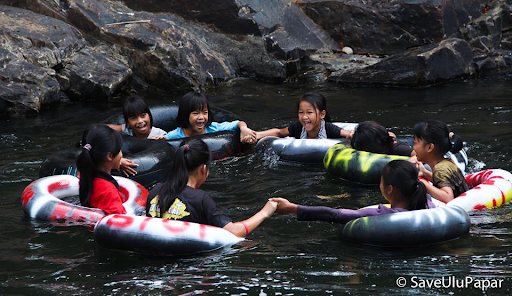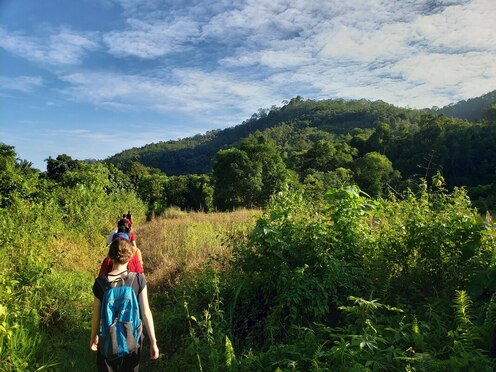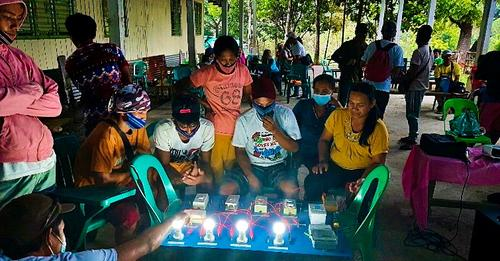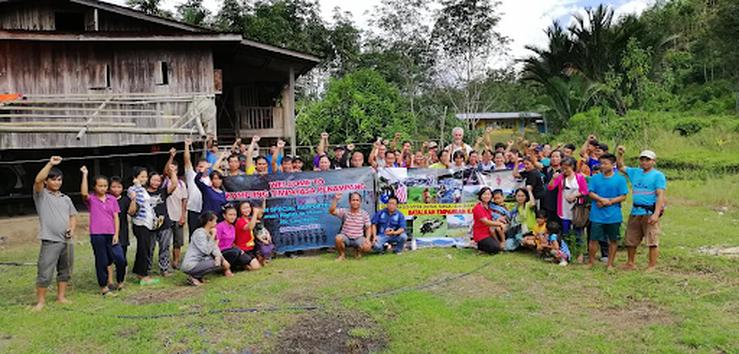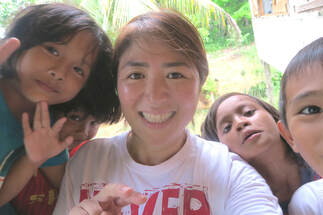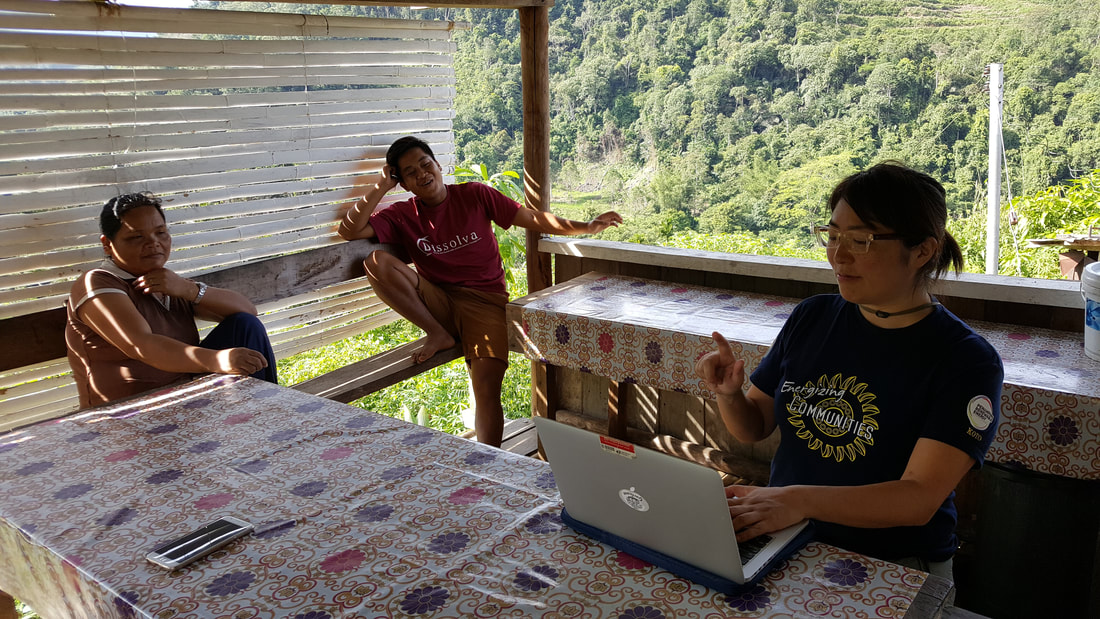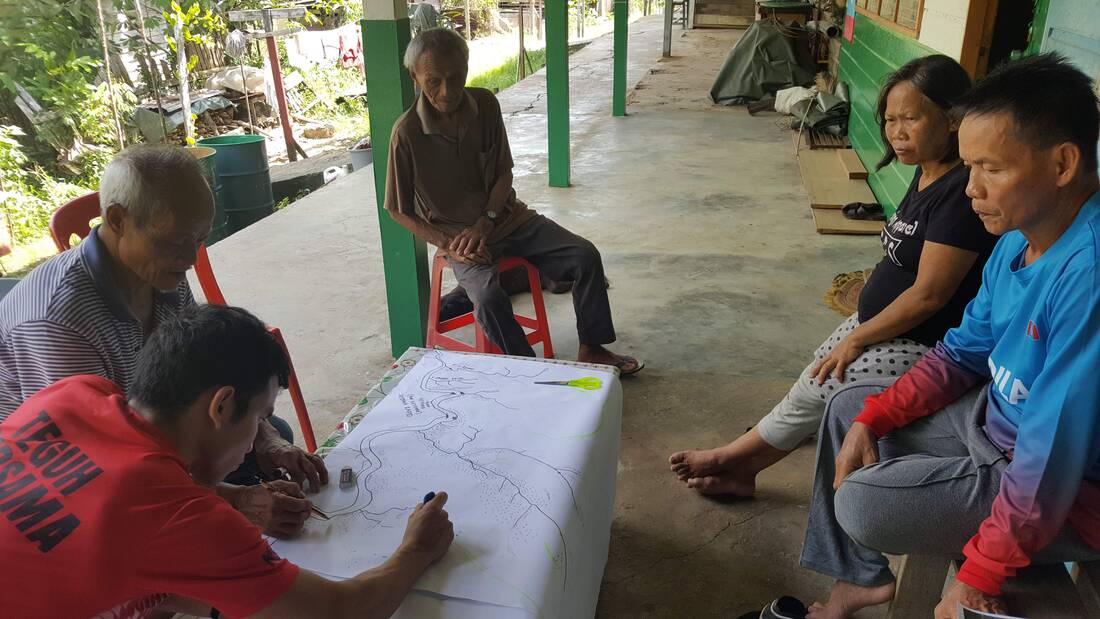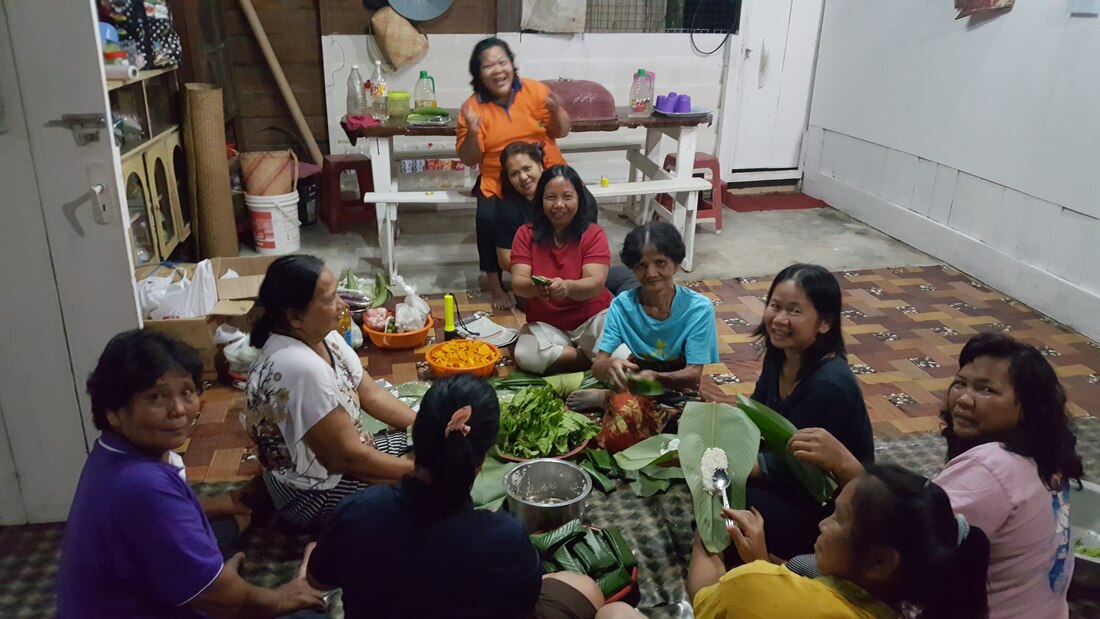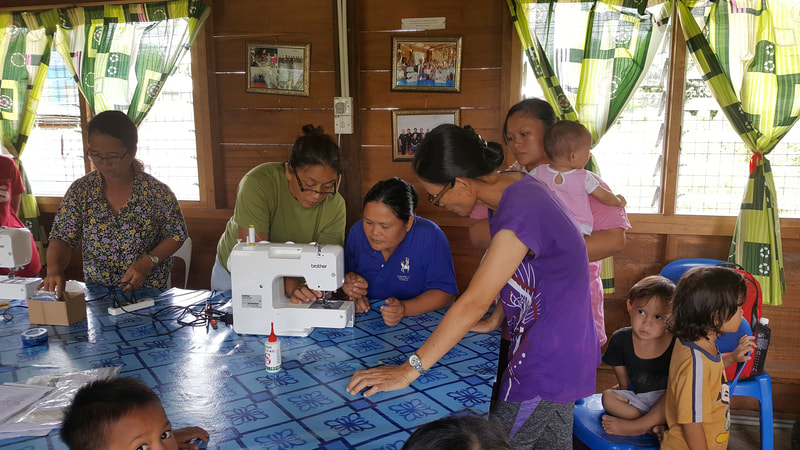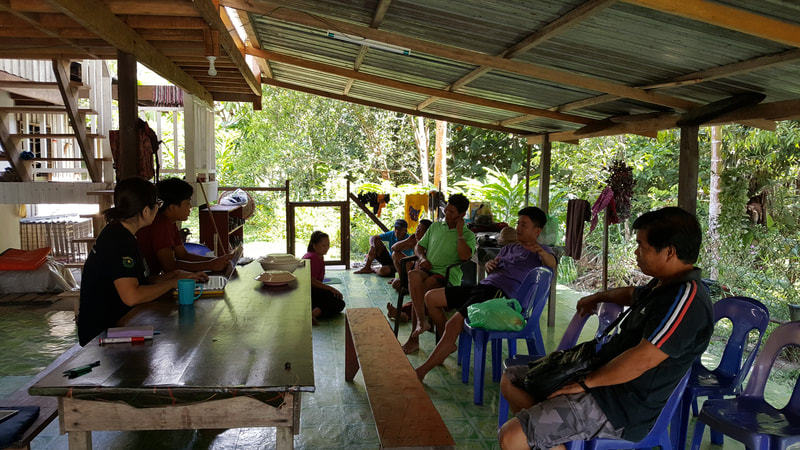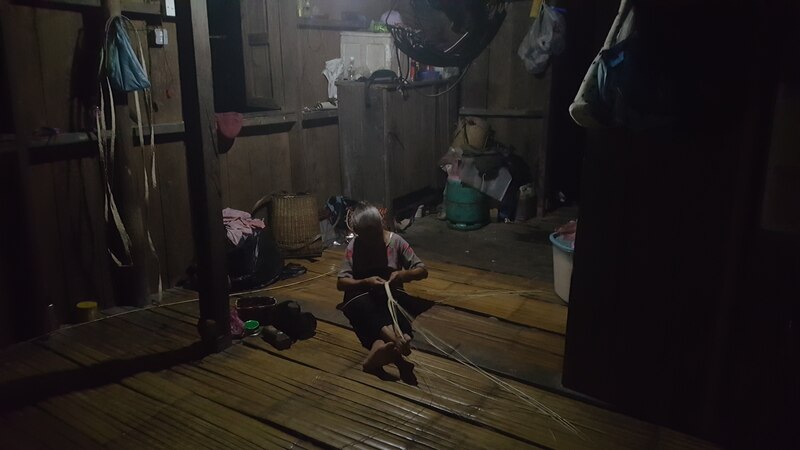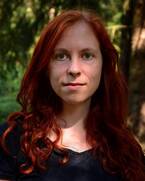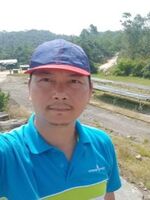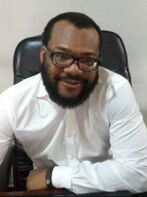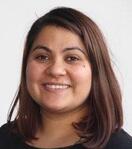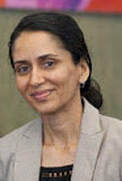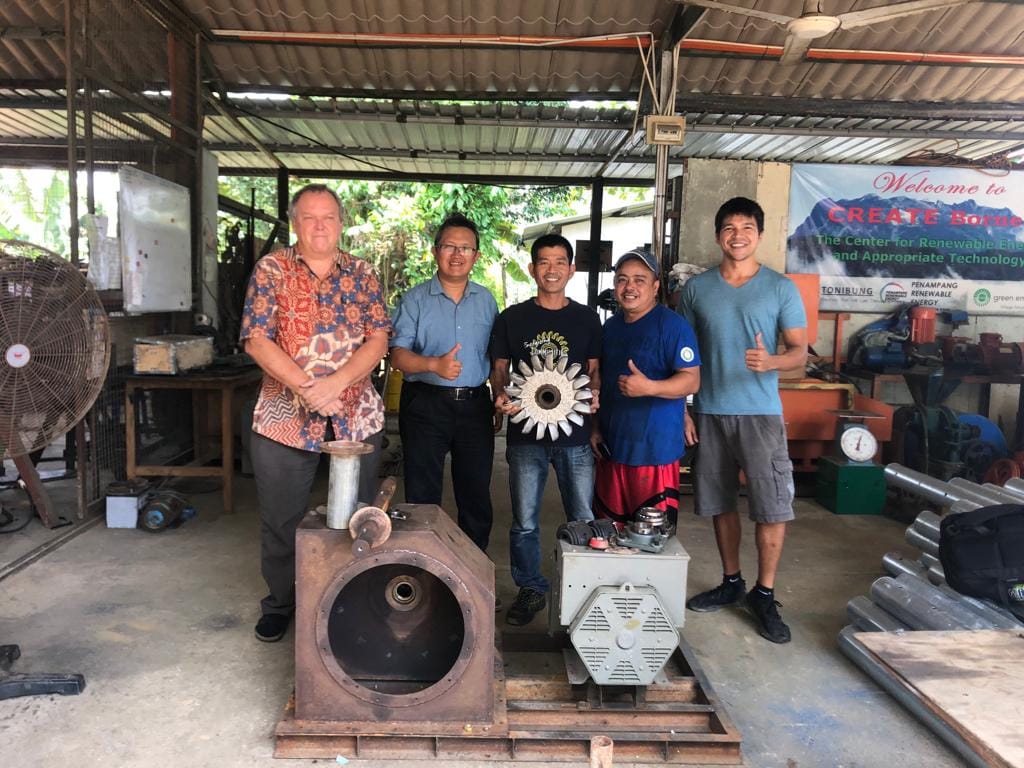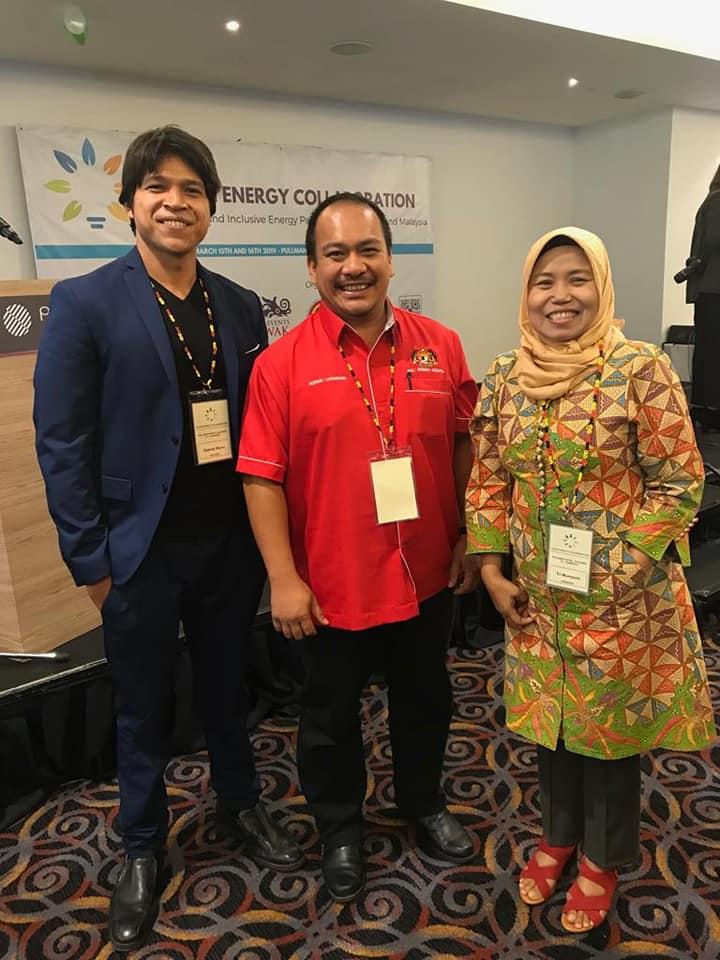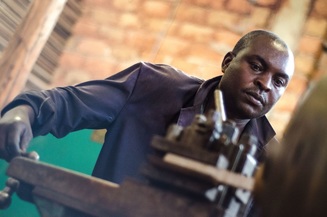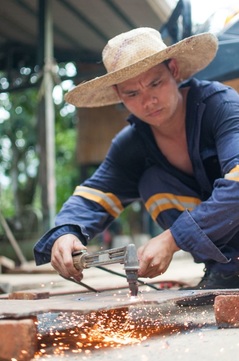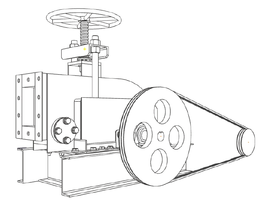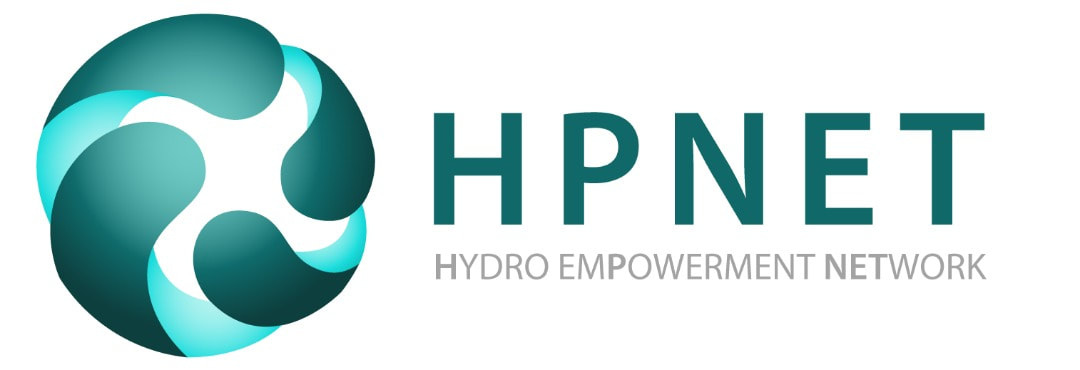For more exciting updates, be sure to ‘like’ and ‘follow’ TONIBUNG’s very active facebook page.
Sabah RE2 Consortium
Since August 2021, TONIBUNG has been part of the Sabah Renewable Energy Rural Electrification Roadmap (Sabah RE2) Consortium in collaboration with Forever Sabah, Pacos Trust and Green Empowerment. Supported by the Malaysia-UK PACT (Partnering for Accelerated Climate Transitions) programme, the Sabah RE2 initiative aims to build momentum towards “a future of energy equity, right livelihoods, and wellbeing for rural Sabahans” by advocating for renewable energy as a viable solution for energy access in off-grid communities.
TONIBUNG’s primary role has been to lead stakeholder training and conduct feasibility studies of potential mini-grid design concepts. Thus far, the team has conducted feasibility studies in 57 communities for 35 potential mini-grids across Sabah, the findings of which are summarized here.
Micro Hydro Training in Bandung, Indonesia
To advance knowledge exchange objectives of the Sabah RE2 initiative, Tonibung engineers and technicians traveled to Bandung, Indonesia for micro hydro development training hosted by Heska Hydro in November, 2022. HPNET members Pak Komarudin (Protel Multi Energy) and Pak Aji Subekti (Reneconsys) facilitated training on electronic load controllers and mini-grid design fundamentals. As part of the training, the team also visited two micro hydro sites to enhance their understanding of civil design and to learn about operations and maintenance. The exposure visits further strengthened the participants’ understanding of the theoretical teachings from the classroom sessions at Heska Hydro.
From January 8-11, 2023, participants from Kenya, Nepal, Cambodia and the Philippines gathered in Kampung Buayan, Ulu Papar, Sabah for the Inter Learning Exchange on Community-led Renewable Energy, co-hosted by TONIBUNG and Right Energy Partnership (REP).
Participants shared knowledge from their own in-country experiences and learned from the pioneering work of TONIBUNG on implementing community-based micro hydropower in partnership with Indigenous communities. The participants learned how the community of Kampung Buayan operates and maintains their community hydro mini-grid through a sustainable approach, leveraging capacity building efforts by TONIBUNG and other local partners. The guests also saw first-hand how the community hydro has generated socioeconomic opportunities, including by enabling motorized agro-processing and allowing children to study at night, among other outcomes.
This article was developed by HPNET Thematic Coordinator, Lara Powell.
